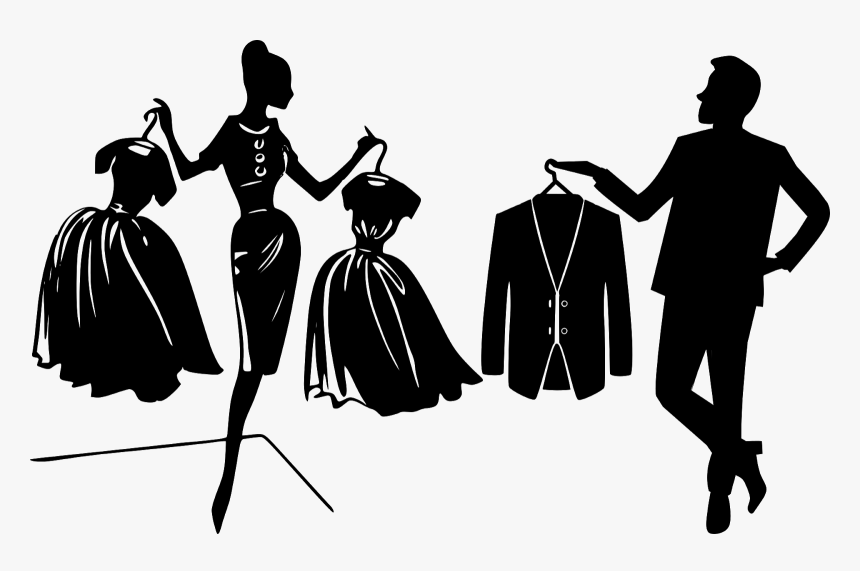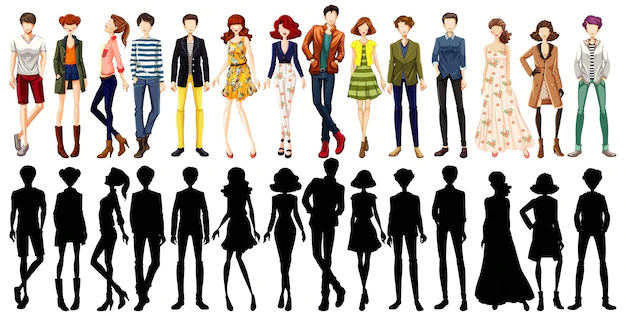Mastering the Art of Bronzer Application: Achieving a Naturally Radiant Complexion
This comprehensive guide provides a structured approach to bronzer application, leveraging color theory and cosmetic principles to achieve a naturally radiant and healthy-looking complexion. We will explore key factors influencing bronzer selection and application, ensuring a flawless and personalized result. The fifteen principles outlined below offer a systematic framework for achieving a naturally enhanced look, avoiding common pitfalls and maximizing the benefits of bronzer application.
1. Chromatic Undertones and Color Harmony: The Foundation of Successful Bronzing
Understanding one's skin's undertone—warm (yellow or golden), cool (pink or blue), or neutral—is paramount. This is a fundamental principle of color theory, as choosing a bronzer with complementary undertones ensures seamless integration with the skin's natural pigmentation. A mismatch can lead to an unnatural or ashy appearance. For instance, individuals with cool undertones should opt for bronzers with subtle pink or mauve undertones, while those with warm undertones should choose bronzers with golden or peachy undertones. This principle adheres to the concept of color harmony, ensuring visual balance and a natural-looking outcome.2. Intensity Modulation: Achieving a Personalized Level of Radiance
The intensity of the desired bronzed effect is a crucial factor. The principle of gradation—introducing color gradually—should be applied here. This allows for control and precision. Lighter shades, applied sparingly, create a subtle glow ideal for everyday wear, emphasizing a naturally healthy appearance, aligning with the concept of minimalist makeup application. Darker shades can create a more dramatic effect, suitable for evening events or special occasions. This principle allows for flexibility and adaptation to different contexts and personal preferences.3. The Principle of Minimalism in Shade Selection
When choosing a bronzer shade, the principle of parsimony dictates selecting a shade only one or two shades darker than one's natural skin tone. This subtlety ensures a natural enhancement, avoiding an artificial or overly intense appearance. Over-application can result in a muddy or uneven complexion, a concept that ties into the principles of balanced aesthetic proportions. A less-is-more approach is thus crucial for achieving a natural-looking tan.4. Empirical Shade Matching: The Jawline Test
Applying a small amount of bronzer to the jawline serves as a practical test to ascertain shade compatibility. This method, rooted in empirical observation, allows for an immediate assessment of how the bronzer blends with the skin tone. If the bronzer appears ashy or orange, it indicates an unsuitable shade, guiding the selection process toward a more harmonized palette. This practical step avoids the expense and inconvenience of purchasing an inappropriate shade.5. Finish Selection: Matte vs. Shimmer for Diverse Aesthetics
The finish of the bronzer—matte or shimmer—significantly affects the overall aesthetic. Matte bronzers provide a natural, sun-kissed appearance, well-suited for daytime looks and enhancing a healthy complexion. This aligns with the principle of achieving effortless elegance in makeup. Shimmer bronzers, conversely, add luminosity and glamour, making them ideal for evening events or special occasions, adding a touch of sophistication. This choice is based on the desired level of visual impact and occasion.6. Harmonizing Bronzer with Skin Tone: Tailoring Application to Individual Characteristics
Bronzer selection should be tailored to one's skin tone. Fair skin benefits from bronzers with subtle pink undertones; medium skin tones are enhanced by golden bronzers; and deeper complexions are complemented by rich, copper undertones. This approach recognizes individual differences and leverages bronzer to highlight natural beauty. It follows the principle of individualization, adapting cosmetic techniques to suit unique characteristics.7. Gradual Application: Avoiding Unevenness Through Incremental Build-up
Gradual bronzer application is crucial to avoid an unnatural, muddy appearance. Starting with a light application and gradually building intensity ensures precise control and a seamless blend. This principle resonates with the concept of layering in makeup application, allowing for refinement and adjustment based on visual feedback. The final outcome is a perfectly integrated and naturally enhanced complexion.8. Maintaining Color Consistency: Unifying Face and Body Application
Maintaining color consistency between face and body is essential for a cohesive overall appearance. Applying bronzer to the neck, shoulders, and décolletage should utilize the same shade as the face to prevent color discrepancies. This adheres to the principle of visual unity, preventing jarring contrasts and emphasizing overall harmony. A unified look is critical for a polished aesthetic.9. Color Theory and Hair Color Coordination: Selecting Bronzers that Complement Hair Shades
Bronzer selection should harmonize with hair color. Lighter hair often pairs well with bronzers containing cooler undertones, while warmer hair colors complement bronzers with golden or peachy undertones. This relates to the concept of color palettes and visual balance—a principle underlying successful makeup application. The result is a cohesive and visually appealing aesthetic.10. Enhancing Eye Color with Bronzer: Strategic Application for Visual Impact
Bronzer application can enhance eye color. Warmer undertones complement blue eyes, while cooler undertones enhance green or hazel eyes. This approach utilizes the principles of color contrast and visual emphasis to enhance natural features. Bronzer functions as a beauty booster, maximizing visual impact and enhancing the overall effect.11. Seeking Expert Guidance: Leveraging Professional Expertise for Personalized Results
Consulting a makeup artist or beauty consultant provides personalized recommendations tailored to individual features and skin tone. This leverages the principle of expert opinion, offering an informed perspective and minimizing the risk of incorrect shade selection. Their expertise simplifies the process of finding the optimal shade for a flawless and natural-looking finish.12. In-Store Swatch Testing: Evaluating Bronzer in Real-World Conditions
Utilizing in-store testers enables a practical assessment of how the bronzer looks and feels in natural light. This involves direct empirical observation, permitting a realistic evaluation before purchase. This practical method allows for an informed decision, preventing costly mistakes and ensuring customer satisfaction.13. Seasonal Adaptation: Adjusting Application Based on Changing Skin Tone
Skin tone changes throughout the year. Adjusting bronzer shade accordingly ensures a flattering look year-round. This approach acknowledges natural variations in skin tone and the adaptive nature of cosmetic applications. It is essential to maintain harmony and prevent an artificial or incongruous appearance.14. Mastering Blending Techniques: Achieving a Seamless and Flawless Finish
Flawless blending is essential for achieving a seamless and polished appearance. A fluffy brush facilitates smooth application, preventing harsh lines or patches. This emphasizes the importance of skillful application in achieving a natural-looking result. Blending ensures a cohesive and flawless application.15. Individuality and Self-Expression: Discovering Your Unique Bronzed Glow
Ultimately, the most effective bronzer is one that enhances self-confidence and makes the wearer feel beautiful. Experimenting with different shades and techniques facilitates the discovery of a personalized look that reflects individual style. This underscores the importance of individual preferences and the personal journey towards achieving a unique and flattering look.Conclusions and Recommendations
This comprehensive guide provides a structured approach to bronzer application, integrating principles of color theory, cosmetic application techniques, and individual aesthetic preferences. The systematic framework outlined helps avoid common pitfalls such as color mismatches and uneven application, resulting in a naturally radiant and healthy-looking complexion. Future research could explore the development of objective metrics to measure the perceived naturalness of different bronzer applications, focusing on advanced image analysis techniques and consumer perception studies. The concepts presented here have broad applicability, not only to bronzer but to broader makeup application principles, highlighting the importance of understanding color harmony and individual characteristics.Reader Pool: What are your thoughts on the relative importance of undertone matching versus personal preference in achieving a successful bronzer application?




